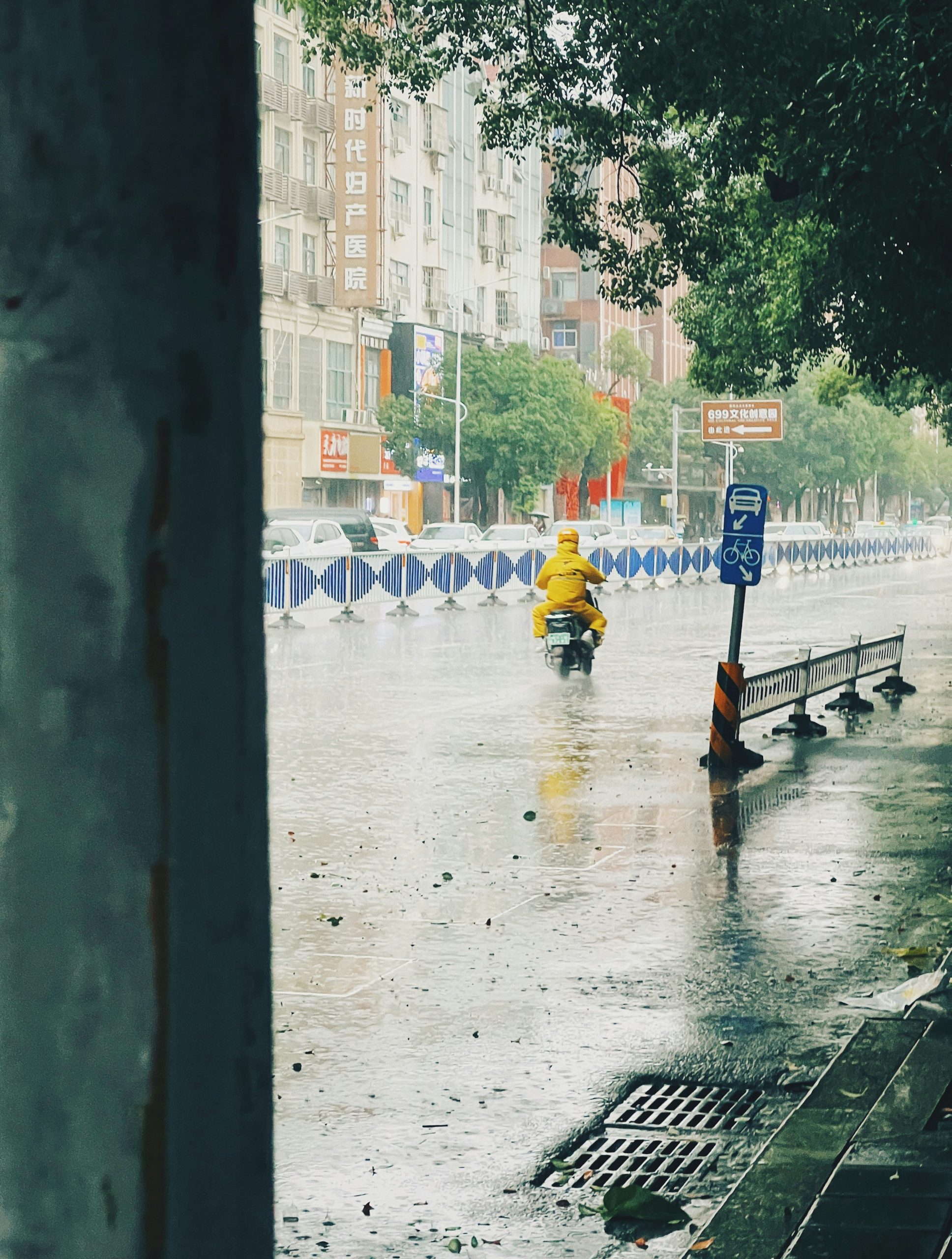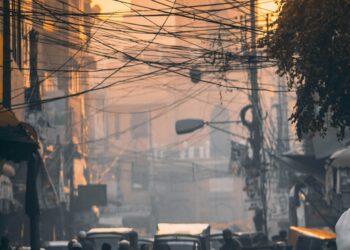South Korea remains in the grip of a devastating rainstorm that has now entered its fourth consecutive day, forcing nearly 3,000 people to remain displaced from their homes.
The torrential rains, which have already claimed four lives with two still missing, show no signs of relenting, with weather officials warning of continued downpours through Monday across most of the country.
The South Korean interior ministry reported that more than 7,000 people have been evacuated since Wednesday, with 2,816 still unable to return home as floodwaters persist. The disaster has left a trail of destruction, damaging 641 buildings, 388 roads, and 59 farms—numbers expected to rise as rivers overflow and landslides threaten vulnerable areas.
In South Chungcheong province, south of Seoul, desperate scenes unfolded as livestock struggled to survive, with cows stranded in neck-deep water after sheds and stables were submerged.

The unprecedented rainfall has shattered records, with Seosan receiving over 500mm (20 inches) since Wednesday—the highest ever recorded in the region. Meteorologists have issued nationwide flood and landslide warnings, urging residents in low-lying areas to remain on high alert.
The Korean Meteorological Administration cautioned that some regions could see an additional 300mm (12 inches) of rain before the system finally weakens.
North Korea Also Braces for Flooding as Storm System Expands
The crisis is not confined to South Korea alone. Neighboring North Korea is also bracing for heavy rainfall, with state media Rodong Sinmun reporting forecasts of 150mm to 300mm (6 to 12 inches) across northern regions from Sunday to Tuesday. The potential for flash floods and infrastructure damage raises concerns about food security and humanitarian conditions in the isolated nation.
As the death toll increases and thousands remain displaced, the government faces mounting pressure to bolster flood defenses and protect vulnerable communities before the next disaster strikes.

















